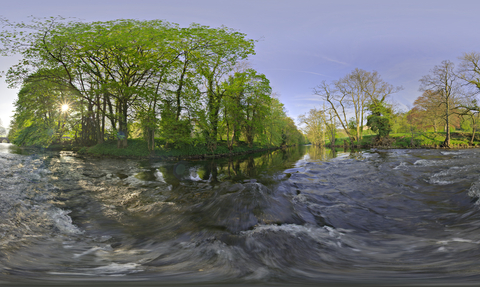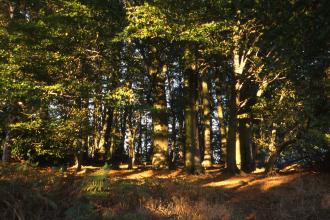
River Derwent at Cromford Bridge
Welcome to Derbyshire's largest Living Landscape
At the heart of the Derwent Valley Living Landscape is the beautiful River Derwent
The Derwent Valley and Derby is our largest Living Landscape, stretching over 55 miles.
Dominated by the River Derwent, the area also covers surrounding moorland fringes and cloughs, stream and river tributaries, wooded valley sides, marshlands and many flower-rich grasslands as well as other smaller and more scattered habitats.
Let us tell you more...
This Living Landscape has outstanding ancient woodlands and parklands with more than 1,200 veteran trees, such as Shining Cliff Woods, Crich Chase, Lea Wood and Bow Wood. These woodlands support spectacular displays of wild flowers including bluebells, wild garlic and wood anemone, while lesser spotted woodpeckers and pied flycatchers are among the birds that breed in the ancient woodland and parkland.
The River Derwent rises in the moorlands and is initially dammed to form the Howden, Derwent and Ladybower Reservoirs. The river is considered by the Environment Agency to be of good quality from its source to the confluence of the River Amber. Among the wildlife along the river are mayflies, caddisflies, otters and - in the northern stretches - water voles. In Derby City, native white-clawed crayfish can still be found on the Markeaton Brook, while birds of the river include mute swans, little grebes and kingfishers.
Nature reserves in this Living Landscape
We have lots of beautiful nature reserves for you to explore in the Derwent Valley Living Landscape, take a peek at our top three...
What can I see here?
You really are spoilt for choice when it comes to fauna and flora in this beautiful area of Derbyshire - get out and explore - we recommend looking out for...
Get hands on
You can play a big part in the Derwent Valley's recovery by volunteering as part of our DerwentWISE project - find out where we need you most and get in touch.
Thank you






